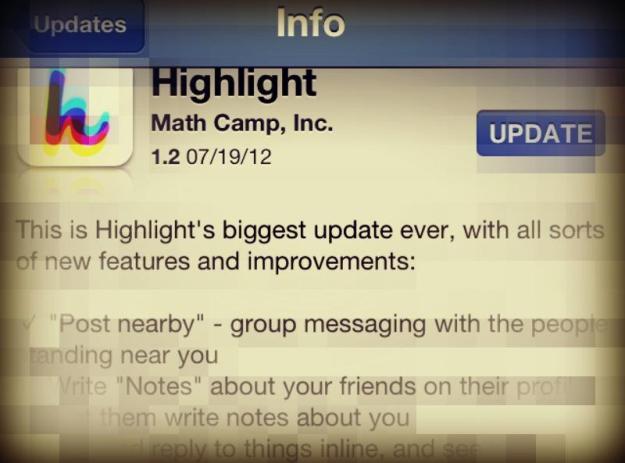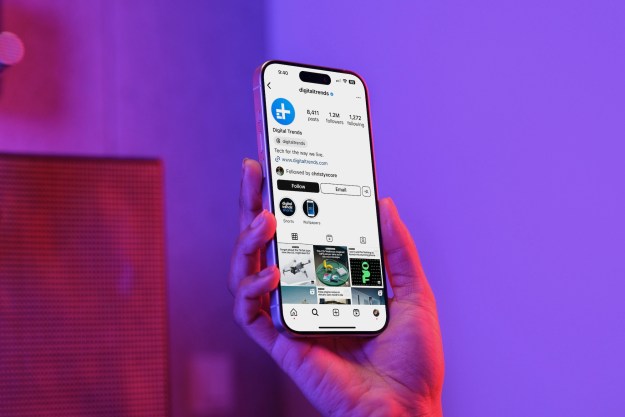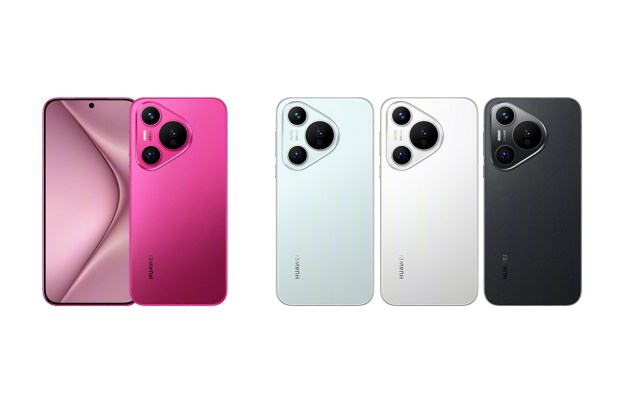 Last year the tech startup scene was introduced to the phrase “SoLoMo” and we’ve been graced by its presence ever since. As idiotic as the word itself might be, this genre is trying to exploit the intersections of three very popular and profitable markets: social, local, and mobile.
Last year the tech startup scene was introduced to the phrase “SoLoMo” and we’ve been graced by its presence ever since. As idiotic as the word itself might be, this genre is trying to exploit the intersections of three very popular and profitable markets: social, local, and mobile.
And the startup that arguably received the most attention for leverage these three was Highlight. The app launched early this spring, and with a sleek UI and an early round of Bay area beta testing, its popularity shot through the roof. It was poised to be the startup darling of SXSW, but there wasn’t exactly a clear consensus on users’ reactions. Everybody at the conference was using the app – including yours truly – but not everybody was loving it.
I sat down at the show to talk to CEO and co-founder Paul Davison. In addition to his enthusiasm for Highlight, he was concerned that everyone who used the app at SXSW would go back to their homes and the flood of activity they got out of it in Austin would be gone, and that people would abandon it. To extent, this was sort of the case: I never uninstalled Highlight, but I can count on one hand the number of times it’s done anything for me in Portland. Sure, Portland’s no New York City or San Francisco, but it’s not exactly the middle of nowhere either.
Still, there are many of us with the utmost faith in the SoLoMo market, and Highlight’s ambition and below-the-surface expertise on refining this technology led me believe that this thing was far from over. And today, Highlight has released its first all-around update – better late than never.
Highlight will now include the ability to add notes to your friends’ profiles, like and reply to activity inline, and access a much fuller, more interesting activity feed. Interest Pages to better connect you with other Highlight users have also been added, as well as a better notification system and more control over what notifications you receive, more options for sharing content to Facebook, and an overall improved interface.

When I met with Davison, I told him there were a few specific things I wanted from Highlight, one of which was the ability to create group chats. This would relieve some of the awkwardness of hitting up a random-yet-nearby stranger and also allow you to ask useful questions – i.e., “does anyone have the Wi-Fi password for this room?” or “Does anyone want to share a cab to the airport?” or “Who needs a ride home?” His approval for the idea led me to believe it was already in the pipeline, and lo and behold… Now this sort of relevant conversation is possible, and it sure as hell beats, “So I see we both know Cathy…”

But the big coup of the Highlight update is less battery suck. The problem – rather, the main problem – with location-leveraging applications is that they kill your battery life. And what use is Highlight if you have to stay plugged to an outlet? Davison assured me at SXSW that this was something getting better so quickly that it isn’t going to be a pain point for long, and fortunately it seems like this latest Highlight iteration will help move things that direction. Apparently battery life while using Highlight will be three to four times better than it previously was — a pretty big step.
Of course the major hurdle Highlight and other apps of its kind face is accruing an audience. These types of apps simple won’t work unless there are people in your area also using them. That means getting consumers collectively over the creepy hurdle and convincing them they need more than Facebook to power virtual connections – and that’s something no update can fix. But making Highlight a more user-friendly application, combined with our decreasing sensitivity to personal bubble-invading tech, could give the startup much stronger legs to stand on.

